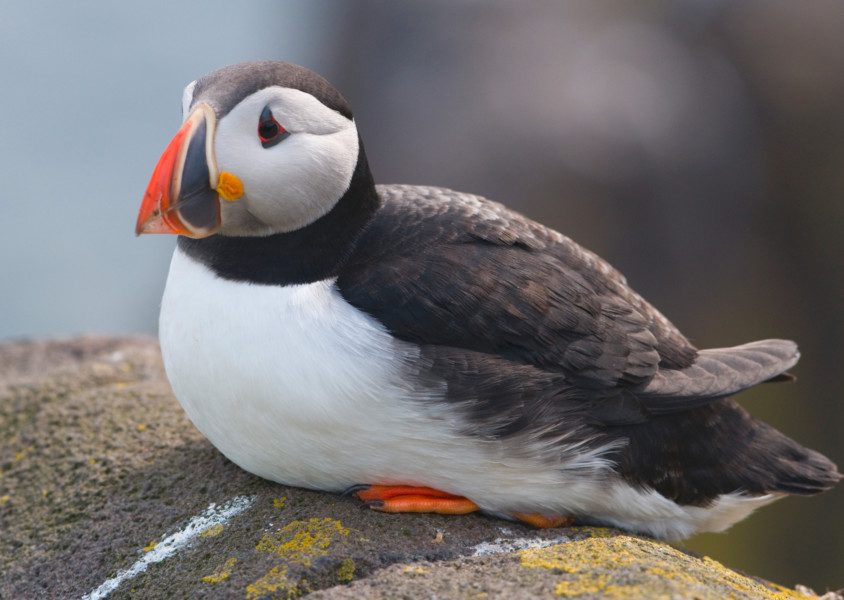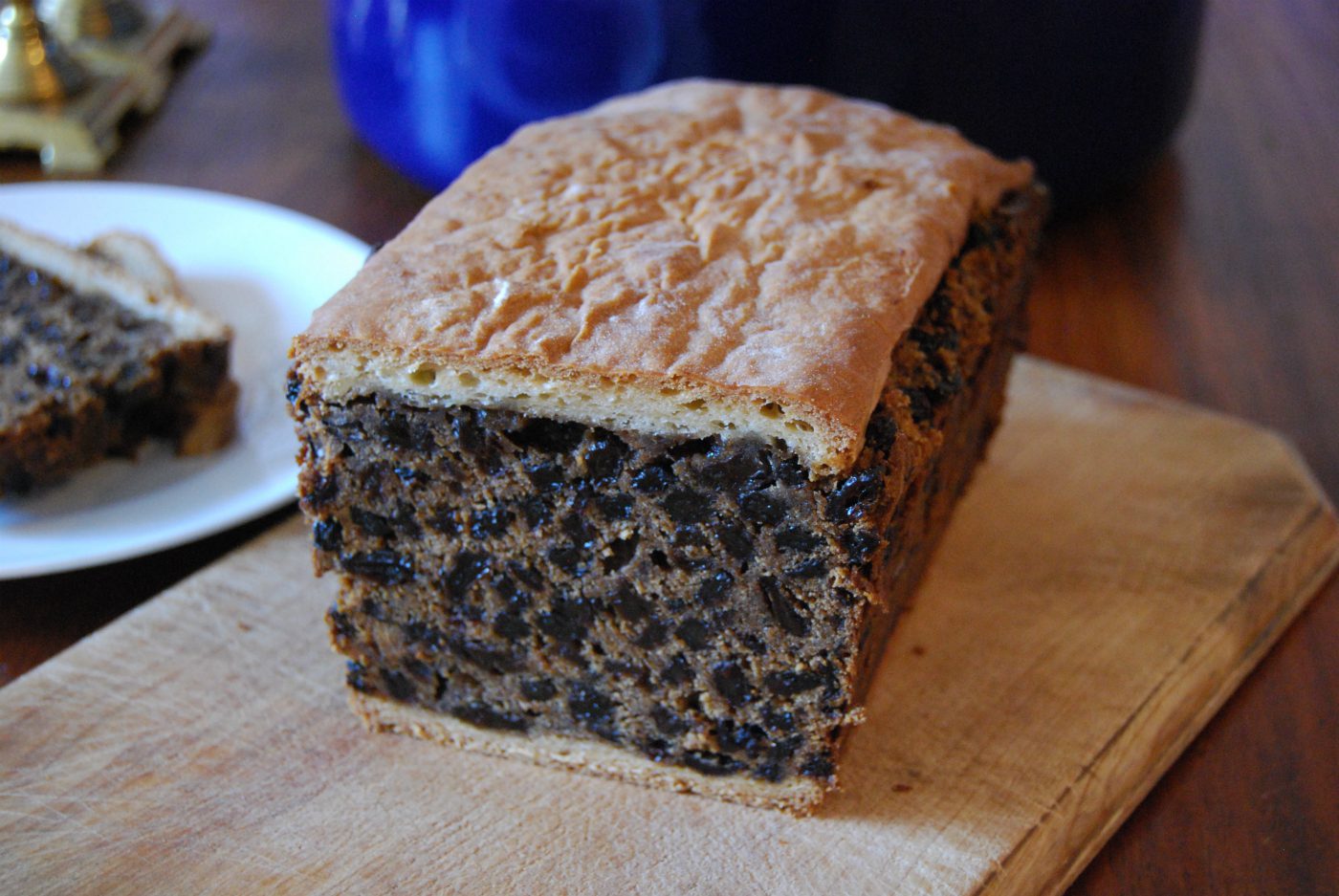
With access to one of the best natural larders in the world - traditional Scottish cuisine was diverse, tasty, simple and satisfying.
While some foods - including haggis, porridge and mince and tatties - remain a popular part of the modern Scottish diet, medieval Scots also ate all kinds of creatures we no longer dine on today, including peacocks, seals, swans, porpoises and lampreys.
From sheep brain cake to wine mixed with egg yolk - and beef bone tea for when you’re feeling poorly - we take a look at the history behind seven traditional Scottish food and drink recipes you’ve (probably) never tried.
Turtle soup was a dish for the rich to enjoy on special occasions - and contained actual turtle meat. Mock turtle soup was a cheaper version, which typically used a calf or sheep’s head to imitate the taste and texture of turtle.
A recipe for mock turtle soup, from a 1847 recipe book by Sarah Reddie - the wife of an army officer in Fife, proved so popular that Lewis Carroll made it a character in Alice in Wonderland.
As well as sheep’s head, the soup also contained meat balls and hard boiled eggs.
Still popular in Scotland in the 1950s, nothing went to waste in a shrewd Scots kitchen, with the leftover brains and tongue from a sheep’s head broth being made into a separate dish - brain cakes.
As this recipe from a Woman’s rural institute booklet published more than 60 years ago can contest:
Wash and boil the brains of a sheep and bosil them in milk till tender.
Skin a sheep’s tongue, chop it up and add to chopped brains.
Add a cupful of breadcrumbs, pepper, salt and some chopped parsley.
Moisten with beaten egg, and make into flat cakes.
Dredge with flour, dip in beaten egg, then in breadcrumbs, and fry a bright golden-brown in hot fat.
Once considered an important source of nourishment in the Scotland, St Kildans in the Outer Hebrides were particularly fond of the seabirds - with some even eating puffins for a snack.


Puffins were once a common part of the St Kildan diet
At one time it was estimated that each person on St Kilda ate 115 fulmars every year and in 1876 it was said that the islanders took 89,600 puffins for food.
The mass harvesting of seabirds on the main island of Hirta produced such a flurry of feathers that it resembled a heavy snowfall.
While the birds were dissected for food and oil, the feathers would also be gathered and used as part payment of rent to the landlord, the MacLeod of MacLeod.
Beef tea is currently enjoying something of a resurgence in popularity in health food circles, and was once a common tea used when a member of the family was feeling poorly.
Most recipes for beef tea from the early 1800s call for a cut of rump meat boiled down with a sprinkle of salt. By the 1860s recipes began to add in textural components and mild aromatics including slivers of butter and clove.
In 1870, a Scottish chemist named John Lawson Johnston was tasked by Napoleon III with delivering one million cans of beef to the troops during the Franco-Prussian War. He created a product he called “fluid beef” that proved to be easier to transport.
The drink was, essentially, beef tea.
14th century Scots may have been partial to a cup of caudell - quite simply wine thickened with eggs.
The recipe called for beaten egg yolks to be mixed with wine or ale, with sugar added - something Scots seem to have lost a taste for over the years.
During wartime, many recipes had to be adapted to use ingredients from ration books.
With olive oil an unlikely ingredient in a Scottish home during World War II, household milk was often used as a replacement in salad dressing.
Here is one wartime salad dressing you might (or might not) like to try:
Blend one heaped tablespoon of milk, two tablespoons of water, 1/4 teaspoon salt, sugar, mustard and pepper with one tablespoon of white vinegar.
Well it is a fruit after all, and tomatoes were once commonly used in a Scots kitchen as a marmalade flavour.


Picture: Fraser Wright
Black bun is a type of fruit cake completely covered with pastry and still enjoyed in some parts of the country at Hogmanay.
• READ MORE: A history of the black bun, including a recipe for making your own
It was introduced following the return of Mary, Queen of Scots from France, but its original use at Twelfth Night ended with the Scottish Reformation.
It was subsequently used for first-footing over Hogmanay.


